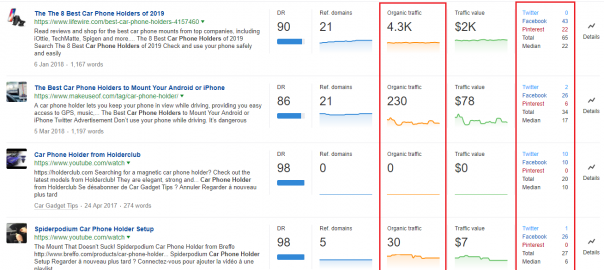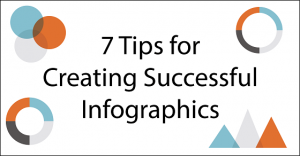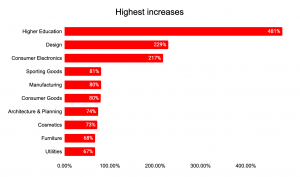— June 5, 2019
As a retailer, chances are you have a diverse audience. That’s why you tweak your advertising copy and content to cater to lots of people across different segments.
However, as hard as you try to reach the majority of your audience, there are still those who don’t encounter your ads. Perhaps they aren’t actively looking for products like yours, or they’ve never been to your website, so they don’t see your pay-per-click (PPC) ads. The fact that your paths haven’t crossed means you’re missing out on an opportunity to woo and convert them.
One way to get your products in front of these folks is with an ecommerce affiliate program. This is when you partner with influencers in your niche who use email, blog content, and social media to tell their audience about your products. Affiliate programs cost a lot less than advertising, so it’s also an affordable way to increase your sales.
To help you make the most of this strategy, we’ve put together a guide that explains:
- How ecommerce affiliate programs work
- What you need to know to build your own program
- How to manage your program to increase sales
Let’s dive in!
What is an ecommerce affiliate program?
An ecommerce affiliate program is an agreement between you and publishers — like bloggers, other small businesses, and influencers — to share your products with their audience. When their followers buy your products, complete a lead form, or click a link, the publisher gets a commission:
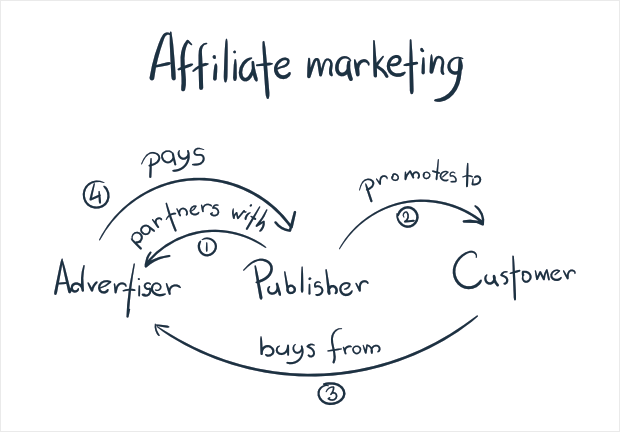
[Source]
For example, Pura Vida sells handcrafted bracelets online. Since their mission centers around promoting healthy and fulfilling living, they can partner with publishers that blog about health and wellness, handmade jewelry, and even South American travel. This audience might not be looking for handmade bracelets, but because they trust the bloggers they follow and appreciate their recommendations, they’re more likely to check out Pura Vida and buy something.
When these leads click on a Pura Vida affiliate link and buy, the publishers get up to 12% in commission on sales. This ecommerce affiliate program gives Pura Vida exposure to people who otherwise might not have found their products.
To drive traffic to your store, each of your publishers gets an affiliate link to embed in their content. Every time someone clicks on the link, a cookie you create remembers them. You set how long the cookie life lasts — this is how long the lead has to return to your site to buy, so the publisher gets credit. Pura Vida’s cookie lasts for 30 days.
What you pay your publishers varies depending on:
- Your commission structure
- How many publishers you work with
- The number of followers publishers send your way
If you sell products on a marketplace like Amazon, there’s a ‘built-in’ affiliate program you can use. With a site like Amazon, where 197 million people shop every month, you can use the affiliate program to direct traffic to your product pages. This is traffic that would have otherwise been snatched up by competition on the site.
Publishers get a custom link they promote on their own site or on social media. When followers click on the link, they land on the publisher’s Amazon page where all the products they promote are listed.
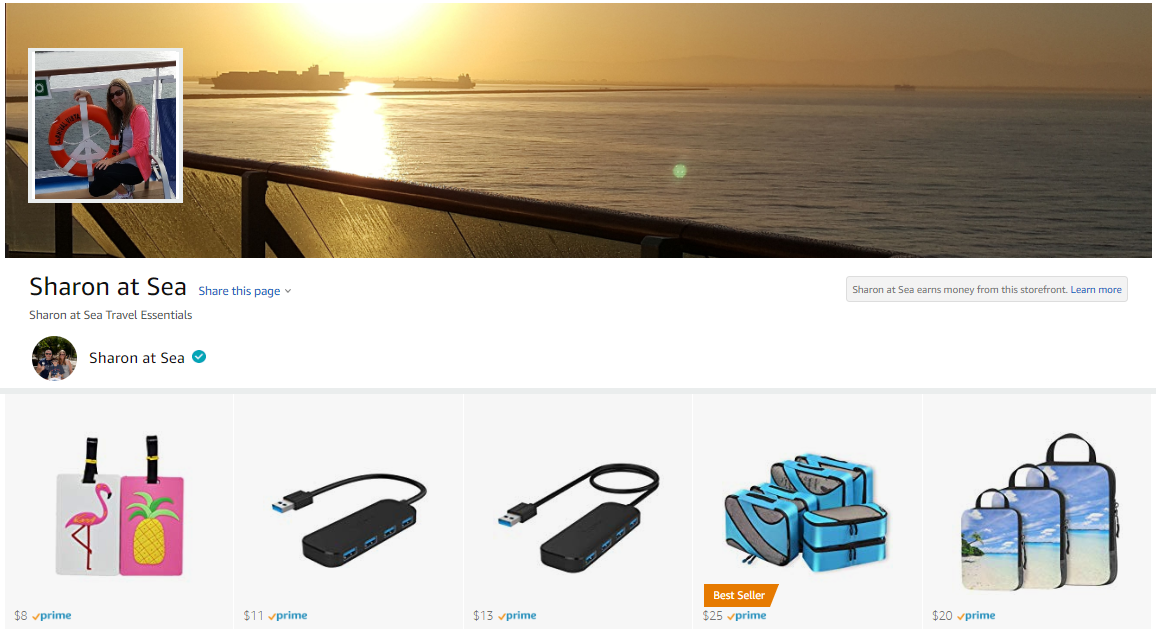
When followers click on any of these products, they’re redirected to your Amazon product pages for more details:
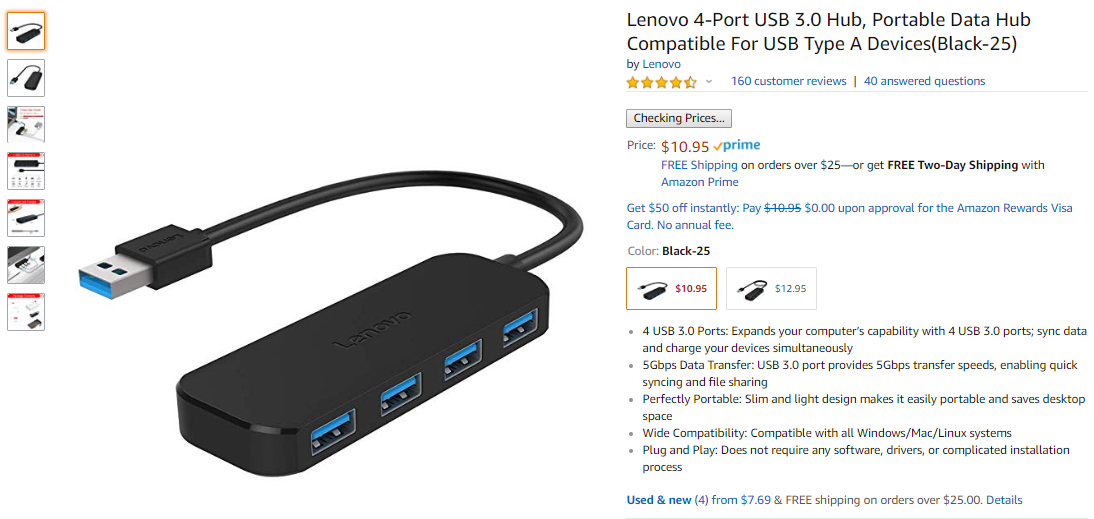
In this example, this publisher specializes in travel accessories. If you have a unique product to share, niche publishers will get your products in front of the people most likely to buy them.
As you can see, ecommerce affiliate programs are a powerful way to get exposure, so you increase your sales. Now, let’s look at how to get started.
How to launch an ecommerce affiliate program
The fact that 81% of ecommerce stores have an affiliate program shows that this strategy is a solid way to increase sales. But just because these programs are so popular doesn’t mean you should jump in without making sure it’s the right move for you now or in the long-term.
1. Determine if an affiliate program is right for you
There are lots of variables when it comes to running a successful ecommerce affiliate program. For one, commission payouts vary from month-to-month depending on how many publishers you have, how much traffic they get you, and the resulting sales. Plus, factors like your store size, product availability and selection, and your time available to manage the program should also be considered before launching your ecommerce affiliate program.
A few questions to ask yourself before launching your ecommerce affiliate program include:
- Can you manage the program on your own or do you need a dedicated customer support team?
- Do you have a network of bloggers and influencers you can reach out to? How similar are their audiences to yours?
- Do you have a process in place to help affiliates promote your products properly?
- Do you have a commission strategy in place? Does it fit your budget?
- What product trends are your followers interested in?
- What are your audience needs?
Also, research the affiliate programs your competitors have in place. Pay attention to how their commission structure works, how long their cookie life lasts, and their signup and approval process.
Use the information you get from your research to set benchmarks. This helps you track how good a job you’re doing to attract traffic and convert them over time. This also shows where you have opportunities to outperform competitor programs and stand out to publishers.
2. Attract publishers
If you decide that an ecommerce affiliate program is a good fit, you have to find publishers to partner with. Create a page on your website where publishers apply to your program, and promote the program on social media to attract publishers.


For publishers that apply, decide if they’ll be a good fit for your program based on their:
- Audience reach. How many followers do they have on social media? How big is their email list?
- Business focus. How closely do their business values match your own?
- Goals. Are they focused on catering to the needs of their audience and providing quality content?
Combined, these factors ensure you partner with the best publishers for your products and that they’ll help you boost sales.
3. Review and approve publishers
Next, use a search engine optimization (SEO) tool like Ahrefs to see how the content of your chosen publishers ranks in Google. Let’s say you sell tech gadgets and want to partner with bloggers to spread the word. Ahrefs shows you how much traffic their content gets and how many times it gets shared:
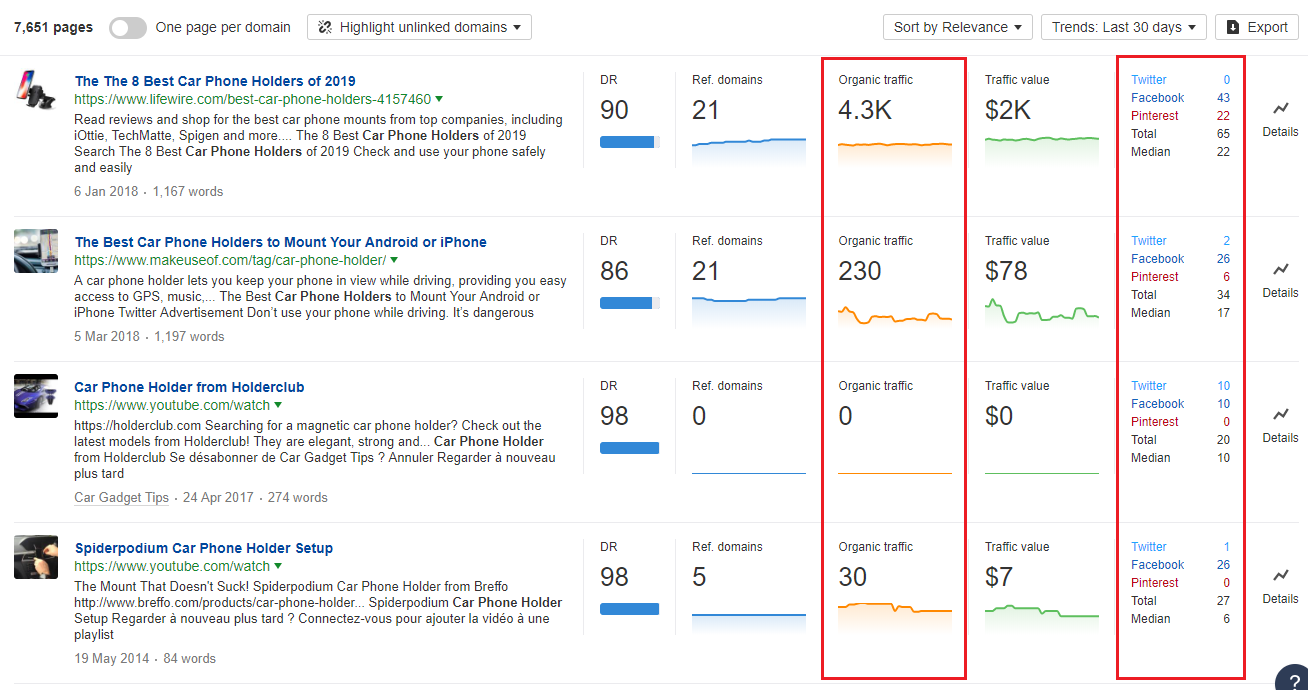
The more shares and traffic to their content, the better the chances are that these bloggers will reach a lot of people and generate lots of sales for you.
Also, check each publisher’s authority in their niche — for example, look at their domain rank (DR) in Ahrefs because the higher the rank, the better because they’re seen as trusted sources — and their brand awareness. You want to be sure people know about these publishers and read and look at their content. You can also check if any potential publishers have worked with or been featured on mainstream sites in their niche.
4. Conduct ongoing reviews
Once you’ve approved which publishers can join your ecommerce affiliate program, do regular reviews to see:
- Which publishers are generating lots of traffic to your site
- How much of this traffic is converting
- How much you’re paying out to publishers every month
- Which products are the most popular
- What types of customers are buying
Use this information to see how successful your program is and which publishers are helping you increase your sales. Think about sending resources like videos and content to your publishers, so they’re clear on what the benefits and values are of your products, and marketing campaign tips they can customize.
Based on what’s working, you might choose to focus your affiliate program on certain products and also introduce new ones to the program. Staying on top of publishers and product performance ensures your program meets your expectations and does what you want it to.
Tools of the trade: what you need to know
To make managing your ecommerce affiliate program as streamlined as possible, use tools to automate processes. This way, you can focus on other areas of your business.
Plus, with the right tools, reviewing your program and tracking ROI are easier to do — everything is automatically calculated and stored for you.
Tools like Affiliately and ShareASale give you access to features like:
- Setting custom commissions per product
- Reviewing publisher stats and earnings
- Sending payments
- Identifying and removing inactive publishers
- Developing resources for publishers, like videos
- Creating and modifying marketing strategies
- Creating publisher segments to help track trends
Most platforms offer a free trial to start and include different monthly subscriptions based on how many publishers you have.
Pura Vida uses Refersion to automate and manage their program. When they first launched their affiliate program, it grew quickly and steadily — now they use micro-influencers on Instagram and Facebook, which adds to this growth. Pura Vida found that their program followed the 80/20 rule — roughly 80% of their sales came from 20% of their publishers. To get more publishers engaged, Pura Vida offered an incentive that included different commission levels. Publishers found that the more they shared, the more they got back in commissions.
As a result, there are well over 130,000 publishers on board with more joining every day. Pura Vida has also seen a 230% jump in sales as traffic to their site has doubled.
Whichever tool you use to manage your ecommerce affiliate program, use the features it offers to make your program engaging. The program and the features you have access to must help you keep publishers motivated and excited to share your products. Review the reports in your platform and make changes to your program, so it meets your publishers’ needs.
Making your ecommerce affiliate program work for you
If your advertising has hit a wall or traffic has plateaued or sales have dropped, consider expanding your reach with an ecommerce affiliate program. Audiences appreciate product recommendations from the influencers they trust, so use this strategy to introduce new products to new audiences.
To make sure your program meets the needs of publishers and increases your sales, test different parts of your program to find the sweet spot — a program within your budget and that publishers are engaged with. Over time, your sales are going to grow.
Digital & Social Articles on Business 2 Community
(64)
